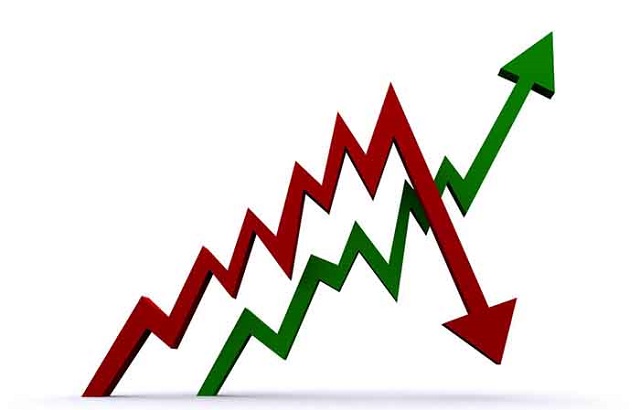The number of transfers into qualified recognised overseas pension schemes (Qrops) rose slightly in the 2018-19 financial year, according to HM Revenue & Customs (HMRC).
The taxman recorded a 6% increase to 5,000 transfers, from the 4,700 in the previous financial year.
The Qrops market has struggled since it was rocked by an out-of-the-blue change by the UK government, which saw a 25% charge applied to any transfers outside of the EEA to a jurisdiction in which the pension holder did not reside.
The value of the Qrops did, however, drop by 14% to £640m ($778.7m, €699m) compared with the previous tax year.
The drop has been an ongoing trend since 2014-15, when transfers hit a record 20,100 and value reached £1.76bn.
“The decline of the Qrops market continues and despite a small increase in the volume of transfers, the total value was down another 14% in 2018-19, with the average transfer value falling to just under £130,000,” said Rachael Griffin, tax and financial planning expert at Quilter.
‘Discouraging’ transfers
She added: “The rapid decline in the scale of foreign transfers since then is down to a combination of factors, in particular the drop in defined benefit transfers. Following the introduction of pension freedoms, thousands opted for the flexibility of a personal pension and sought to transfer out, with the overseas market experiencing a ripple effect as a result.
“Defined benefit (DB) transfers have since begun to decline in popularity and advice in that area has come under increased scrutiny, with advisers facing increased costs to participate in the DB transfer market.
“In addition, a new 25% tax charge applicable from March 2017 has further discouraged overseas transfers. This was designed to deter transfers to overseas schemes purely for a tax gain. It is also now a requirement for a UK regulated pension adviser to approve the transfer.
“Moving assets into a Qrops can still offer useful flexibility, especially for those people planning to leave the UK permanently that want to simplify their finances by taking their pension with them. At the moment the rules refer to the EEA regarding exemptions from the 25% tax charge, meaning no tax applies on a transfer to another scheme within the EEA.
“This situation will need to be clarified once the terms of the UK’s departure from Europe are resolved.”

Source: HMRC
Going up
While the Qrops landscape has been experiencing a steady decline in the last five years, pension freedoms have followed the completely opposite trend.
In the second quarter of 2019, people withdrew £2.75bn, a 21% increase compared to Q2 in 2018.
As a result, pension freedoms have now passed £28bn since they were introduced in 2015, with 336,000 people cashing in part of their retirement pot; 27% more than in the same period last year.
Similarly, the average sum taken out has also gone up to £8,600 from £8,200.
“On the whole, the available evidence points to savers acting in a sensible manner, taking steady incomes from their funds rather than raiding their nest eggs and splurging in a way which could leave them struggling in later life,” said Tom Selby, senior analyst at AJ Bell.
Possible trouble ahead
“Of course, there are no shortages of potential headwinds threatening investors, from the increasing threat of a no-deal Brexit, to the ongoing tensions between Donald Trump and China,” Selby added.
“Anyone who remains invested in the stock market and is drawing an income in retirement needs to be mindful of these risks and consider the impact a severe drop in markets – and any corresponding fall in the value of their fund – could have on their future spending plans.
“This risk is particularly prevalent where savers are taking large withdrawals in the early years of retirement, which is why it is critical people using the pension freedoms are engaged and regularly review their retirement strategy.”

Source: HMRC








